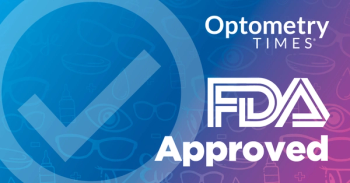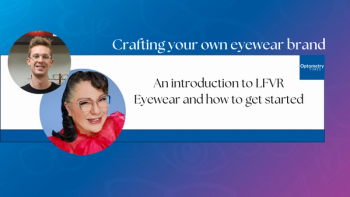Recently, Selina McGee, OD, FAAO, Dipl ABO, sat down with Optometry Times to discuss critical insights from the recent State of Dry Eye survey by Bausch + Lomb and what these findings mean for patient care.
In Part 1, McGee highlighted how 88% of prescription-treated patients wished they had started treatment sooner, underscoring the importance of proactive intervention and clear patient education. In Part 2, she discussed the concerning reality that 40% of sufferers wait 6 months or more before seeing an eye doctor, emphasizing the need for timely diagnosis, early treatment, and consistent follow-up to improve outcomes and prevent prolonged suffering.
Now, in this final segment, McGee dives deeper into what patients truly want from their dry eye treatment, revealing the crucial role of durability, the importance of connecting clinical data with real-world needs, and how these insights can transform patient conversations and care strategies.
Patients want more than quick fixes
A critical insight from the recent State of Dry Eye survey is clear: patients want treatments that work—and keep working. 71% of respondents emphasized the importance of a product that provides consistent relief over time, and 50% specifically want treatment to address eye dryness.
“We all want a treatment for something yesterday,” McGee noted. “But when patients say they want consistent relief, they’re really talking about durability.” This demand for durability isn’t just about immediate symptom relief; it’s about sustained improvement that patients can rely on day after day.
Bridging clinical data and patient needs
Key takeaways for optometrists
- 71% of patients value treatment that provides consistent relief over time.
- Clinical durability data is crucial to align treatment with patient expectations.
- Better patient conversations can lead to earlier diagnosis and more effective care.
McGee emphasized the importance of connecting clinical study data with patient expectations. Clinical trials often focus on measurable outcomes like symptom reduction over set time frames—42 days, 56 days, or even 360 days. However, unless these durability outcomes resonate with patients’ lived experiences, a critical disconnect remains.
She explained that when clinical durability data align with patient priorities, it creates a powerful synergy. “When the patient is saying, ‘I want consistent relief,’ and I have a clinical study that shows durability, those marry together beautifully,” she said. This alignment fosters greater trust, satisfaction, and better outcomes, ultimately benefiting both patients and practitioners.
Improving conversations for better outcomes
Beyond treatment selection, McGee believes this survey data offers a significant opportunity to improve how clinicians engage with patients. By understanding what patients value most, doctors can ask more meaningful and targeted questions during appointments.
“When you have this kind of data, you can ask better questions, more pointed questions,” she explained. This leads to earlier diagnosis, avoids delays in treatment, and ensures patients don’t end up in the 88% who later wished they had started prescription therapy sooner.
Moving toward patient-centered dry eye care
McGee urges her colleagues to use survey insights as a guide to not only improve treatment plans but also deepen the patient-provider relationship. By focusing on what patients truly want — durable, consistent relief — clinicians can move beyond simply treating symptoms to truly transforming quality of life.
Ultimately, integrating clinical durability data with patient-driven preferences creates a win-win scenario. Patients get the relief they’ve been longing for, and clinicians can deliver care that is both scientifically grounded and deeply personalized. With these insights, the future of dry eye management can become more proactive, precise, and patient-centered than ever before.



















































.png)


